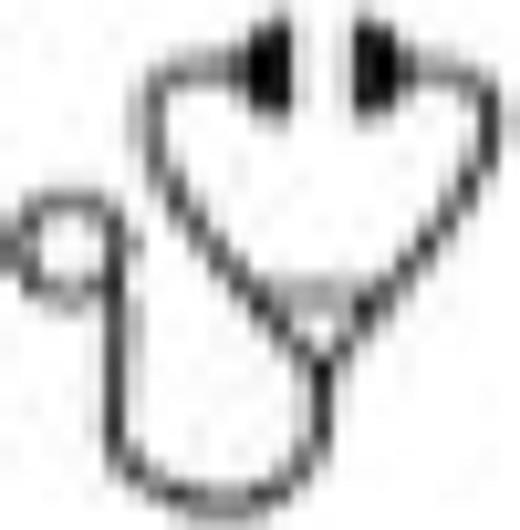Abstract

Background: Acute chest syndrome (ACS) is a common complication of sickle cell disease (SCD) detected by chest radiography (CXR) with significant morbidity and mortality. Previous
studies show that many children with ACS present without obvious signs or symptoms. We evaluate the sensitivity of clinical assessment for predicting ACS in children with SCD and fever.
Methods: This is a prospective cross-sectional, observational study that took place from June 2014-March 2015. Consented providers in 2 CHOA EDs caring for patients aged 0-18 years with SCD and fever 38.0 C completed a questionnaire including vital signs, past history of ACS or asthma, clinical signs, symptoms, physical exam (PE) findings and whether the provider suspected pneumonia/ACS on CXR. CXRs were read by a blinded pediatric radiologist. CXR
results were compared to questionnaire responses completed prior to CXR. Sensitivity, specificity, positive and negative predictive value and accuracy of clinical assessment for predicting ACS compared to CXR was determined. Signs, symptoms, PE findings, and clinical course was compared in cases with positive versus negative CXRs as well as suspected versus unsuspected ACS.
Results: 111 SCD fever events with CXR were evaluated over 10 months. Thirteen patients (12%) had evidence of ACS on CXR. Based on MD questionnaires, only 46% of ACS cases were predicted by clinical assessment alone. Physician assessment sensitivity to identify ACS was low at only 50%. (Table 1). An abnormal lung exam, history of ACS, lack of rhinorrhea and a trend towards chest pain were more common in ACS cases compared to children with a negative CXR. However, 62% of children with ACS had a normal lung exam. Cases of unsuspected ACS had a lower degree of fever at presentation to the ED, but ultimately required more packed red blood cell transfusions during hospitalization than suspected ACS cases. There were no other significant differences in signs, symptoms, PE findings or clinical course in suspected vs. unsuspected ACS cases. The recently published NIH guidelines for
including CXR in a fever work-up for children with SCD (risks include presence of cough, tachypnea, shortness of breath or abnormal lung exam) performed poorly in our cohort, with an Area under the Curve (AUC) = 0.725
Conclusions: Clinical impression alone is a poor predictor of ACS in children with SCD and fever. We and others have identified clinical criteria to help identify a high risk group, however many children with ACS lack signs and symptoms of ACS and may be missed based on clinical assessment alone. Given the high mortality and morbidity associated with ACS, empiric CXR may still be indicated in children with SCD. Due to radiation exposure risks with CXR, our team is studying lung ultrasound as an alternative modality for ACS imaging.
No relevant conflicts of interest to declare.
Author notes
Asterisk with author names denotes non-ASH members.

This icon denotes a clinically relevant abstract


This feature is available to Subscribers Only
Sign In or Create an Account Close Modal